#László Mednyánszky
Text

Old Man's Death, C. 1890s
László Mednyánszky
#gothic art#gothic painting#gothic#dark art#dark painting#dark#gothic aesthetic#1890s#László Mednyánszky#painting#art#oil painting#19th century#historical painting
783 notes
·
View notes
Text
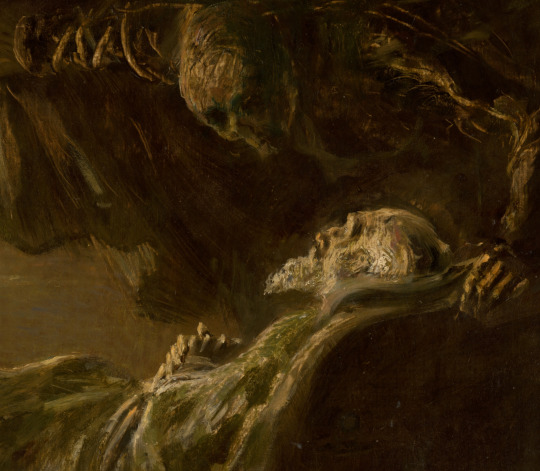

László Mednyánszky (1852-1919) - Old Man's Death. Death of the Painter's Father, 1890
source
#lászló mednyánszky#old man's death#death of the painter's father#death in art#symbolist art#impressionism#art#painting
330 notes
·
View notes
Text

175 notes
·
View notes
Text

László Mednyánszky - Park at Twilight (1911-5)
186 notes
·
View notes
Text

Old Man's Death. Death of the Painter's Father (László Mednyánszky, 1890)
108 notes
·
View notes
Text







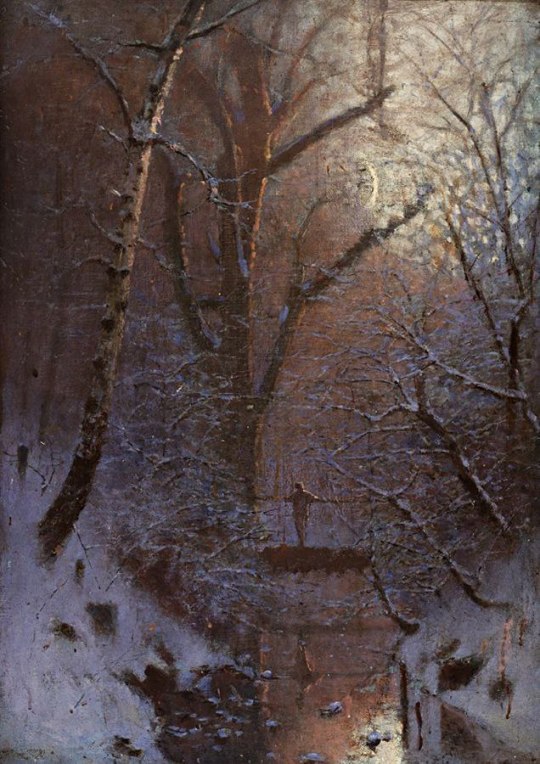
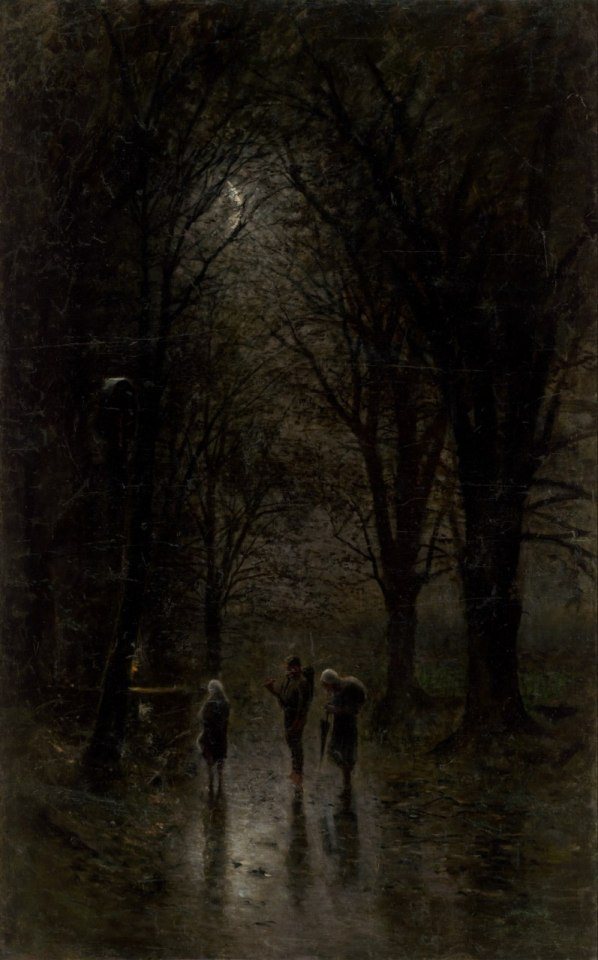
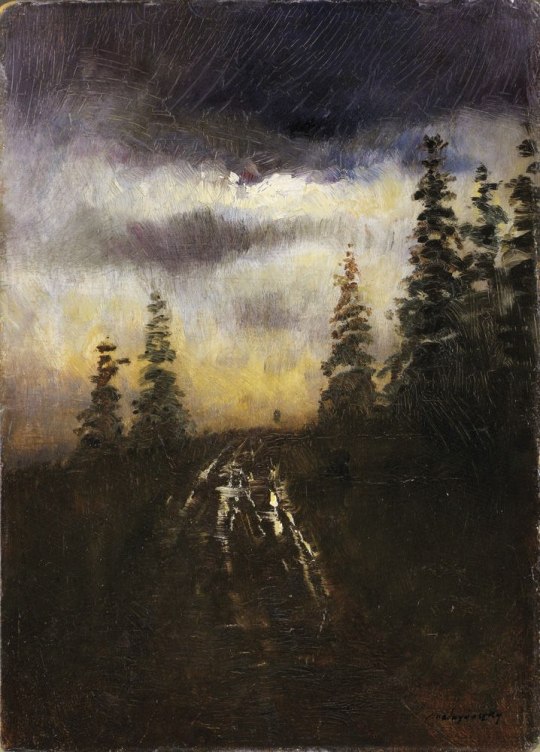
László Mednyánszky (1852–1919)
A Slovak-Hungarian painter-philosopher, is one of the most enigmatic figures in the history of Hungarian art. Despite an aristocratic background, he spent most of his life moving around Europe working as an artist.
Mednyánszky spent considerable periods in seclusion but mingled with people across society in the aristocracy, art world, peasantry and army – many of whom became the subjects of his paintings.
His most important works depict scenes of nature and poor, working people, particularly from his home region in Kingdom of Hungary. He is also known as a painter of folklore of Upper Hungary (today mostly Slovakia)
#dark academia#light academia#classical#academia aesthetic#escapism#academia#books and libraries#classic literature#books#architecture#art#paintings#artists#painter#László Mednyánszky#Hungarian#1800s#19th century#slovakia#royal core#cottage core#aesthetic#academic#mood#vibe#tumblr#upper Hungary#kingdom of Hungary#europe#philosopher
35 notes
·
View notes
Text
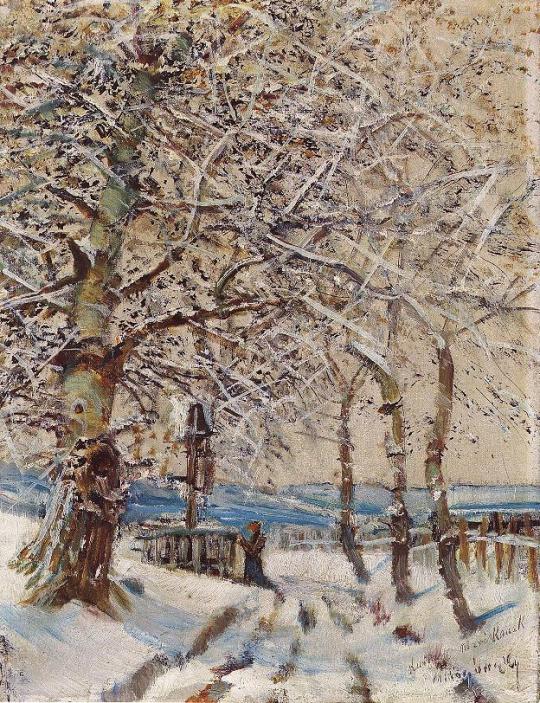
Happy December!
Trees with Hoar-frost by László Mednyánszky, 1892
24 notes
·
View notes
Text
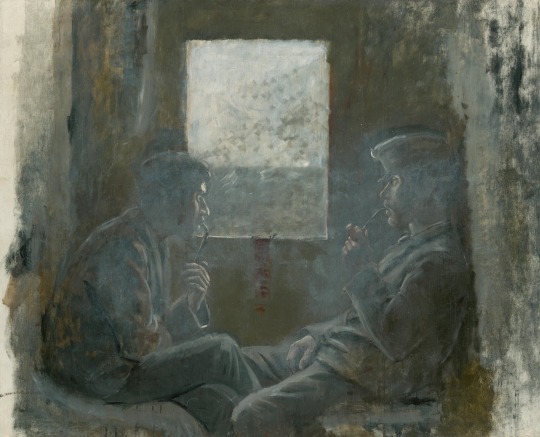
‘Soldiers in Train’ by László Mednyánszky, c. 1880-1885.
#lászló mednyánszky#vintage art#classic art#art#painting#oil painting#vintage#old art#moody art#art history#art details
31 notes
·
View notes
Text

László Mednyánszky
15 notes
·
View notes
Text
She was born Minka Czóbel Balogfalvi in 1855, in Anarcs, Hungary, to a large landowner family.

She began writing with the encouragement of the painter László Mednyánszky, who recommended her first works to Mór Jókai for comment. Since she received extremely favorable reviews, her first book of poems, Nyírfa Lombok, was published in 1890. She was one of the first to write free verse in Hungary and adopted the style of the French decadents. Endre Ady could never forgive the fact that a woman preceded him in his style, so he commented on her in a petty and disparaging way: "I don't understand her works and I can't be enthusiastic about them".
Western society also reluctantly accepted her poems, they found it difficult to identify with an exceptionally talented female poet.
Minka Czóbel was also considered a language genius; she spoke French, English and German at a native level. Many translations are associated with her name; she was the first to translate Verlaine's poems into Hungarian, as well as The Tragedy of Man and several of Petőfi's poems into German, just to name a few.
Adapted and translated from:
Image of Minka Czóbel is in the public domain. Source file:
#Minka Czóbel#Poets#female poets#hungarian poetry#translator#hungarian#french#german#petőfi sándor#ady endre#jókai mór#paul verlaine#free verse#magyar költő#english#fordítás#költő#lászló mednyánszky
3 notes
·
View notes
Text

Picco Lomnický (1890-1900) | László Mednyánszky (1852-1919)
8 notes
·
View notes
Text
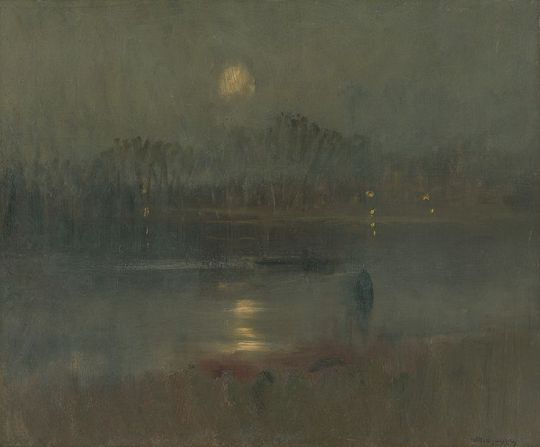
Ladislav Mednyánszky – Mesačná noc, maliarstvo, obraz závesný, datovanie: 1900 okolo, miery: výška 43.0 cm, šírka 51.0 cm
1 note
·
View note
Text
#FineArtFriday: Prisoners Marching Off by László Mednyánszky (1914)
Author: László Mednyánszky (1852–1919)
Description: English: Prisoners Marching Off
Magyar: Vonuló foglyok
Date: 1914
Today’s image is by the Slovak–Hungarian painter, László Mednyánszky. Despite his age (62), he was a war correspondent on the front-lines from 1914 when WWI broke out, until his death from wounds he received in 1918. He chronicled the chaos, the living conditions, and the tragedy…
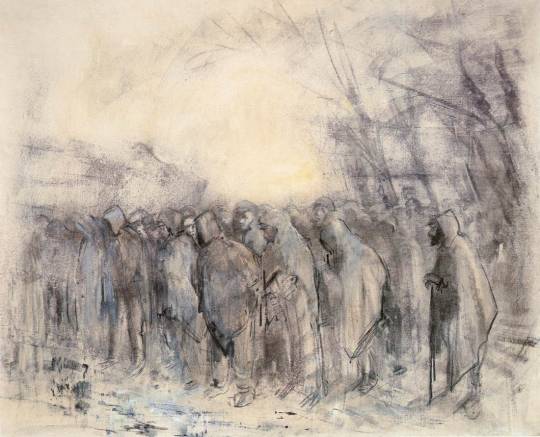
View On WordPress
0 notes
Text

László Mednyánszky - To The Pasture (1900)
130 notes
·
View notes

